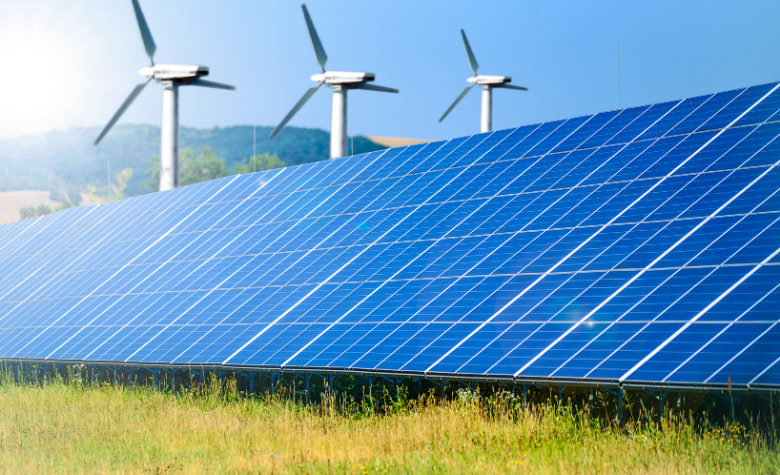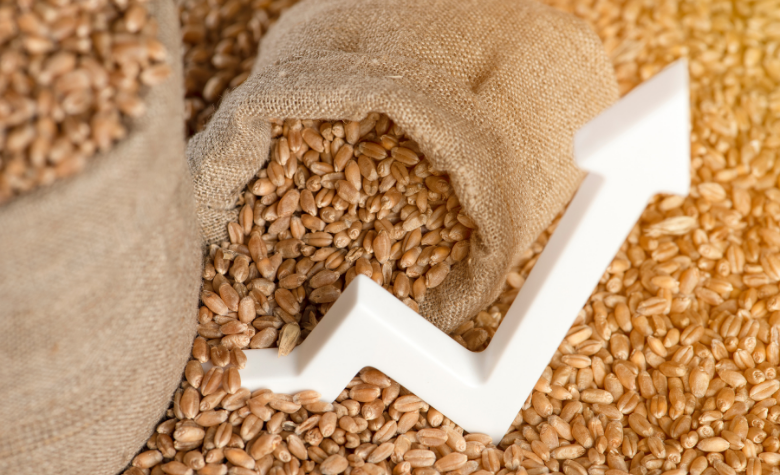
The Parliament has passed in the second reading and as a whole Draft Law No. 11256-2 on increasing fuel excise taxes in four stages.
European Directive No. 2003/96, which lawmakers referred to as justification for the excise hike, allows preferential rates for agricultural machinery that does not use public roads. In an appeal to the government, the Ukrainian Agribusiness Club (UCAB), together with leading agricultural associations, pointed out that, for example, in Poland the state fully compensates farmers for fuel excise costs. We requested that the excise rate for diesel fuel used by agricultural machinery that does not use public roads be set at 50% (165 euros per 1,000 liters). However, lawmakers ignored the farmers’ requests.
According to UCAB’s calculations, in the first stage, already in September 2024, gasoline will rise by 2 UAH/liter to 57.44 UAH/liter. Diesel will add about 2 UAH/liter, reaching 54.99 UAH/liter. The price for a liter of gas will increase by 5 UAH/liter, bringing it to 32.57 UAH/liter. Thus, the most significant increase will be for liquefied gas.
The final stage of fuel excise increases will begin on January 1, 2028. Here, it is necessary to take into account not only the approved rates but also the inflation rate. According to IMF forecasts, in 2025 the dollar exchange rate will be 45.8 UAH, in 2026 – 48.6 UAH, in 2027 – 50.4 UAH, and in 2028 – 52.1 UAH. Therefore, considering the four-stage excise hike and the IMF’s forecast for the hryvnia-to-dollar exchange rate, by January 1, 2028, gasoline prices can be expected in the range of 66.92 to 74.54 UAH/liter. Diesel by January 1, 2028, may rise to 63.99–69.15 UAH/liter. The lower range for gas by January 1, 2028, may be 56.57 UAH/liter, and the upper – 58.48 UAH/liter.
According to UCAB statistics since 2022, fuel accounts for up to 10% of agricultural production costs. However, Ukraine does not set world prices, so final product prices will not increase proportionally by 10%; instead, we can say they will rise by 5–7%. While large companies can diversify risks and keep their product prices at world levels, micro, small, and medium-sized producers will raise their prices. It will then depend on whether exporters and traders will buy their products at the higher prices. If the global market situation does not allow exporters to purchase raw materials at higher prices, farmers’ losses will increase.
In addition, in August, wage indexation will return, which was suspended throughout 2023. Those businesses that last raised wages in December 2023–January 2024 will be forced to index salaries according to inflation, which may prompt producers to include these costs in the final price of goods or services.
The inflation factor is also at play. In particular, Parliament has given the Cabinet of Ministers the authority to suspend external debt payments. So, regardless of the National Bank’s desire to counter pressure on the national currency, this is a clear signal to creditors that it will affect the exchange rate and cause further hryvnia devaluation. Therefore, these three factors – higher excise taxes, inflation, and wage indexation – will push producers to raise prices for goods and services by more than 10%.
The increase in fuel excises will certainly affect agricultural enterprises. However, many farm managers now believe this will encourage the agricultural sector to think about reducing fossil fuel use, such as gasoline, diesel, and gas.
According to the European Green Deal, by 2050 the European continent must become climate neutral. Reducing fossil fuel use and greenhouse gas emissions is one of the Green Deal’s goals. Therefore, many agricultural business leaders see excise increases as an incentive to switch to renewable energy sources.
Moreover, starting in 2026, the EU will introduce a carbon tax. That means a business operating with traditional technologies and without sustainable practices will have to pay the carbon tax. The level of carbon duties will exceed the cost of carbon certificates, which currently in Ukraine cost $40 per ton of CO₂. Therefore, from 2026, Polish farmers will no longer need to protest at the border against Ukrainian agricultural products, because our traditional producers will be unable to cross the border with their high-carbon products or sell them to traders, as counterparties will demand low-carbon raw materials.
Thus, only a year and a half remain to adapt to the new conditions.
Europe is changing, working on the Common Agricultural Policy, taking into account the financial cushion to support Ukraine during the transition period. Ukraine, in turn, must also change, without relying on being accepted into the EU as we are. Therefore, agricultural producers must switch to sustainable practices that involve the principles of a circular economy, precision technologies, and reduced energy consumption, especially fossil fuels.
Special for AgroTimes


